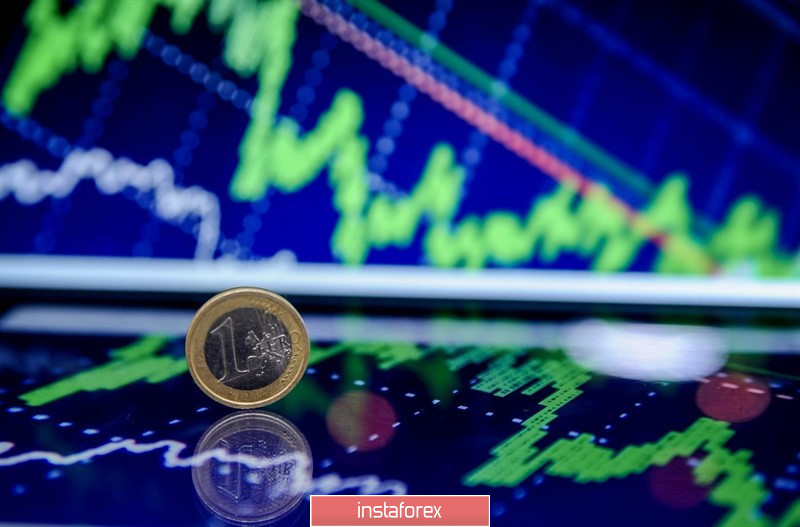
You can lose individual battles to win the war. Despite the fact that the head of the White House, Donald Trump, says that he does not follow the US stock indexes, everyone knows how much he really enjoys the success of the S&P 500. The decrease in tension in trade relations between Washington and Beijing, combined with a preventive cut in the Fed interest rate by 75 basis points made it possible for the US stock market to increase its capitalization by 25%, after which apparently, the American president then decided to retreat. The new US tariffs for Brazil and Argentina, as well as the announcement of the introduction of US duties against France, led to a two-day sell-off of the S&P 500, which accelerated after Trump's comments that he was ready to wait another year before concluding a comprehensive trade agreement with China.
As you know, choose the least of the two evils. It is possible that the US president believes that at this stage, a strong greenback is a greater threat to the US economy than a decline in stock indices. U.S. stock market rallies and the related capital inflow into the country supported the dollar in 2019, so the S&P 500 correction weakened its position.
According to Deutsche Bank analysts, the single European currency is increasingly used in interbank financing, international borrowing and carry trade operations. According to Bloomberg, in 2019, it was beneficial to use the euro as a borrowing currency against 20 of the 23 currencies of developing countries. This circumstance, cheap liquidity from the ECB and the euro's record low volatility contribute to the fact that it takes away the main funding currency status from the greenback.
If this is true, then it becomes clear why the EUR/USD pair is growing in response to the weakening global risk appetite, including that caused by the escalation of the trade conflict between the US and China. It should be understood that without the end of the trade war, there can be no talk of restoring the eurozone economy. Therefore, the short-term success of the euro still does not mean anything. On the medium and long-term horizons, prospects for the single currency look far from bright, especially since frictions of Washington and Paris risk escalating into a new trade war involving the EU. France has already stated that the EU will retaliate if the US fulfills the threat of imposing duties on French goods worth $2.4 billion.
Far from peaceful statements by Trump regarding the China reduce the chances that US tariffs worth $156 billion in Chinese imports will not be introduced on December 15. This increases the likelihood of further correction of the S&P 500 index and the growth of EUR/USD to 1.1115 and 1.1135. Another escalation of the trade conflict will negatively affect European business activity and will soon block oxygen to the bulls.
In addition, the history of recent months shows that the main currency pair is quite closely correlated with the global economic growth rate. Their slowdown or even just waiting for this causes pressure on the quotes. Given the fact that Trump is directing the weapons of his tariff war to the economy of an increasing number of countries, from South America to Europe and China, hopes for a global recovery, as well as for the movement of EUR/USD above 1.12, can disappear quite quickly. In this case, the euro risks falling in price to $1.09 by the end of the year.
 English
English 
 Русский
Русский Bahasa Indonesia
Bahasa Indonesia Bahasa Malay
Bahasa Malay ไทย
ไทย Español
Español Deutsch
Deutsch Български
Български Français
Français Tiếng Việt
Tiếng Việt 中文
中文 বাংলা
বাংলা हिन्दी
हिन्दी Čeština
Čeština Українська
Українська Română
Română

